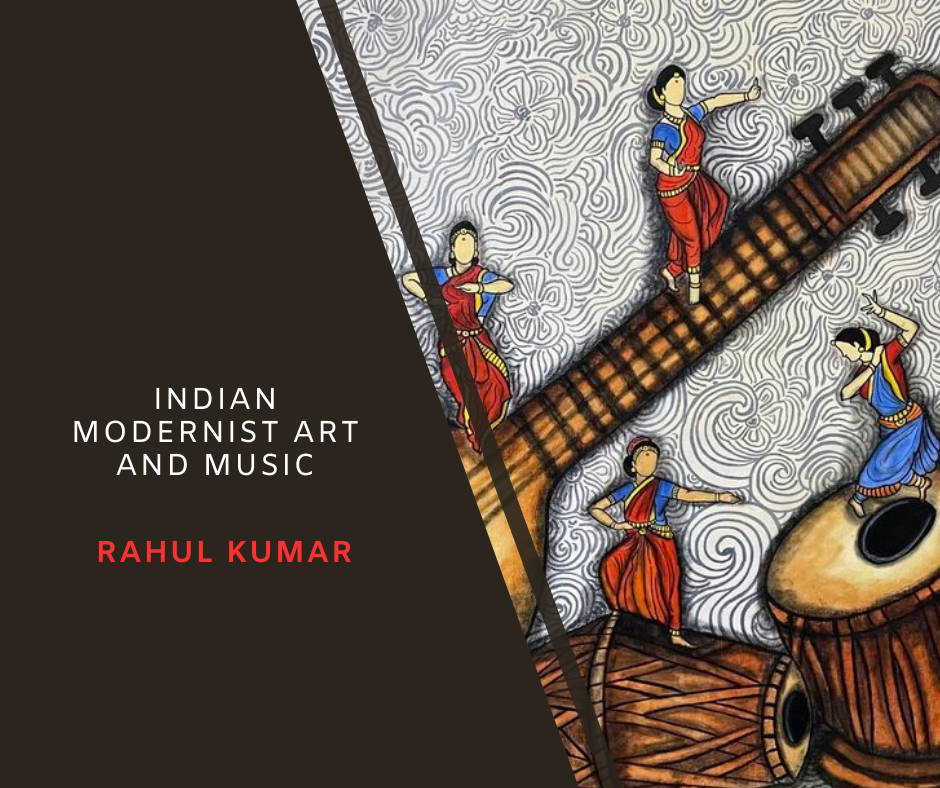The early 20th century witnessed a seismic shift in the cultural landscape of India, as artists and musicians began to challenge the traditional norms and embrace new forms of expression & A New Era of Indian Art and Music. This period, often referred to as the Indian modernist movement, was a time of great experimentation and innovation, as artists sought to redefine the very essence of art and music.
A New Era of Artistic Expression
The seeds of Indian modernism were sown in the late 19th century, with the emergence of the Bengal School of Art. This movement, led by artists like Abanindranath Tagore and Nandalal Bose, sought to revive Indian art traditions, but it also introduced new ideas and techniques, influenced by Western art. However, it was in the mid-20th century that Indian modernism truly flourished.
One of the most significant figures in Indian modern art was Amrita Sher-Gil. Her bold and expressive paintings challenged the conventional norms of Indian art, blending European influences with Indian aesthetics. She was a pioneer of modern art in India, and her work continues to inspire artists today.
Another important figure in Indian modern art was M.F. Husain. His dynamic and often controversial paintings explored themes of mythology, history, and contemporary life. Husain’s work was characterized by its bold use of color and its innovative approach to form.
A Musical Renaissance
The world of Indian classical music also underwent significant changes during the modernist period. Composers like Ravi Shankar and Ali Akbar Khan pushed the boundaries of traditional music, incorporating new elements and experimenting with different styles & A New Era of Indian Art and Music.
Ravi Shankar, in particular, was a major force in popularizing Indian classical music worldwide. His collaborations with Western musicians, such as George Harrison and Yehudi Menuhin, helped to bridge the gap between Eastern and Western music.
The Progressive Artists’ Group
A significant force in the Indian modernist movement was the Progressive Artists’ Group, formed in Bombay in 1947. This group of artists, including M.F. Husain, S.H. Raza, and Francis Newton Souza, rejected the traditional norms of Indian art and embraced modern Western styles. They were influenced by various international art movements, such as Cubism, Surrealism, and Expressionism The Birth of the New: Modernist Innovations in Music and Art in India.
The Progressive Artists’ Group played a crucial role in shaping the course of Indian modern art. They organized exhibitions, published art journals, and engaged in public debates about art and culture. Their work challenged the prevailing notions of beauty and aesthetics, and it paved the way for future generations of Indian artists.
The Legacy of Indian Modernism
The Indian modernist movement had a profound impact on the cultural landscape of India. It helped to break down traditional barriers and create a new space for artistic expression & A New Era of Indian Art and Music. The artists and musicians of this period challenged the status quo and redefined the boundaries of art and music.
The legacy of Indian modernism continues to inspire artists and musicians today. The innovative spirit of this movement has left an enduring mark on Indian culture, and it continues to shape the artistic landscape of the country The Birth of the New: Modernist Innovations in Music and Art in India.
In Conclusion
The modernist movement in India was a time of great creativity and innovation. It was a period when artists and musicians challenged the traditional norms and embraced new forms of expression. The legacy of this movement continues to inspire and influence artists and musicians today The Birth of the New: Modernist Innovations in Music and Art in India.

